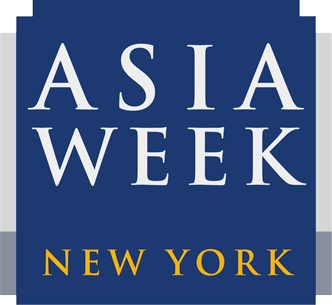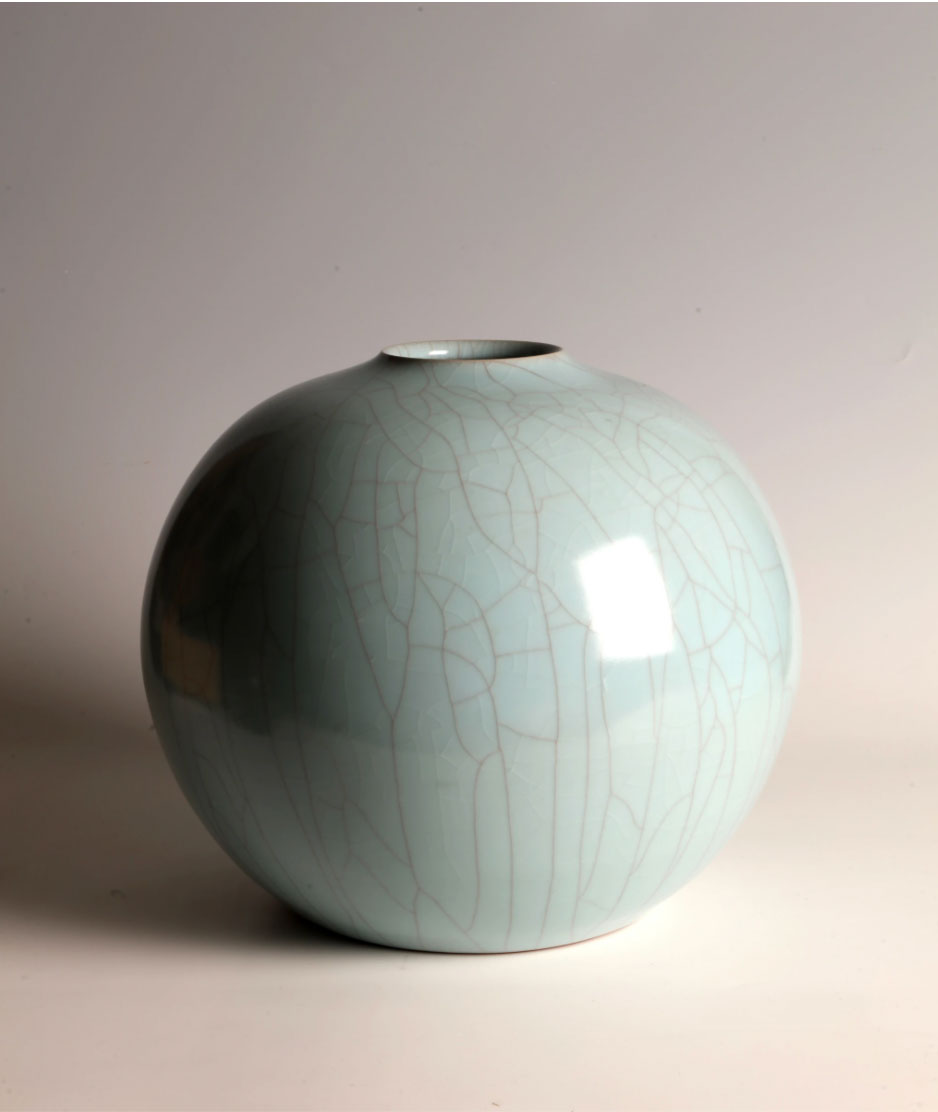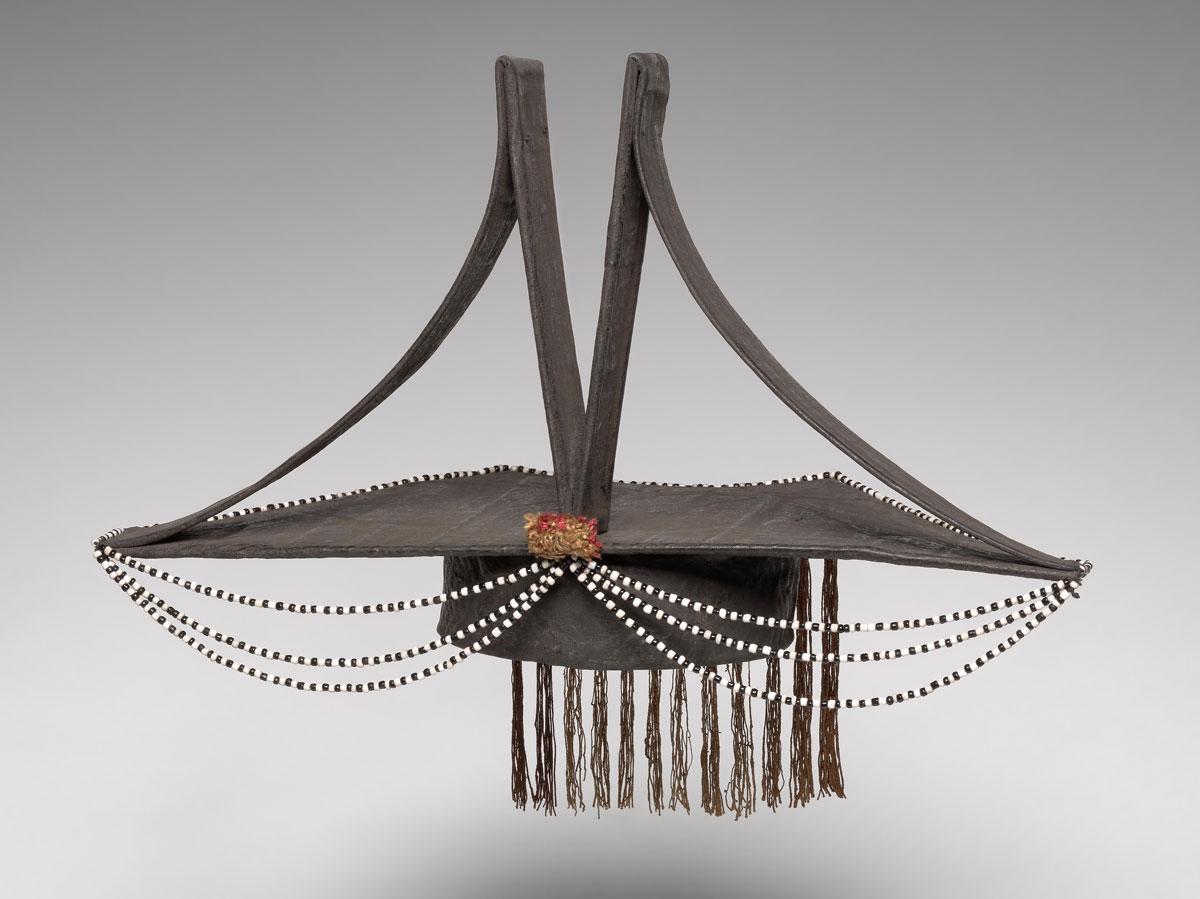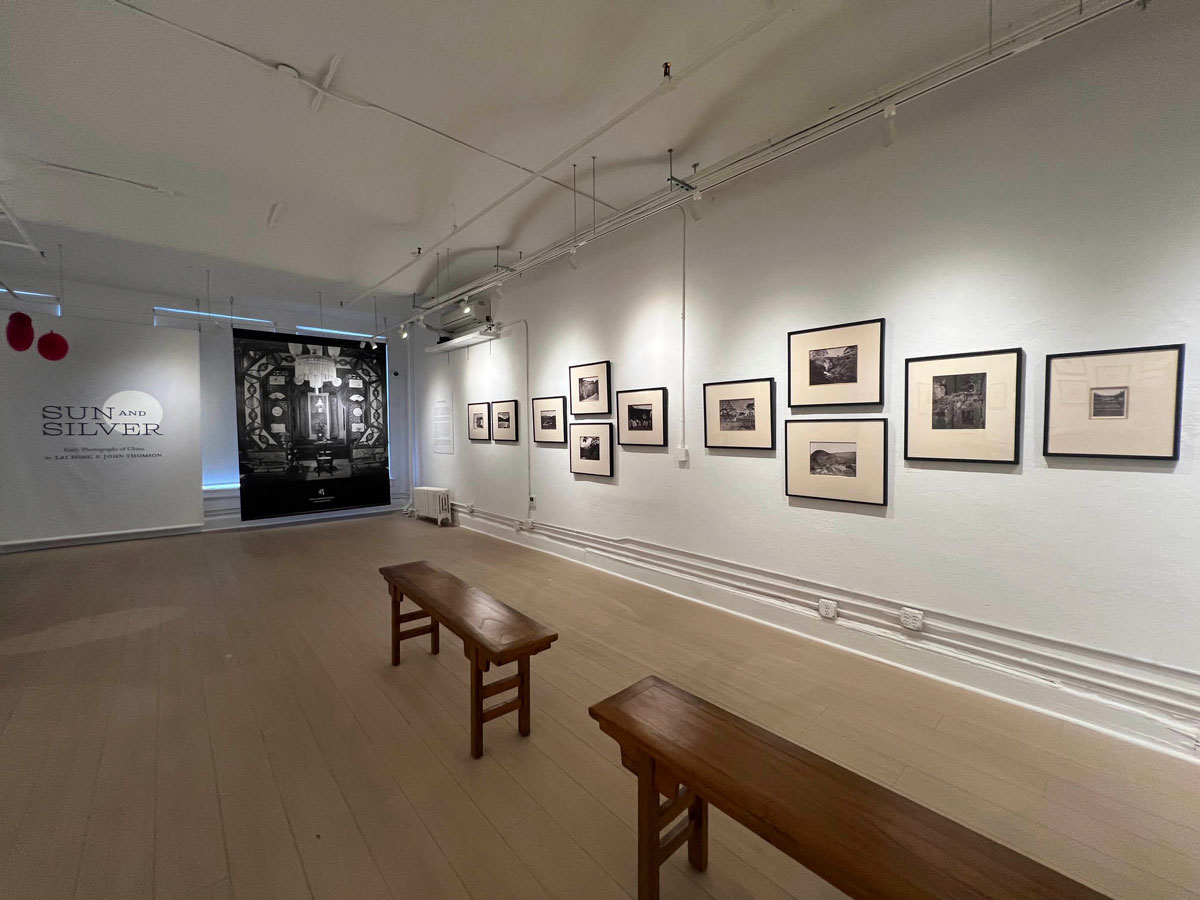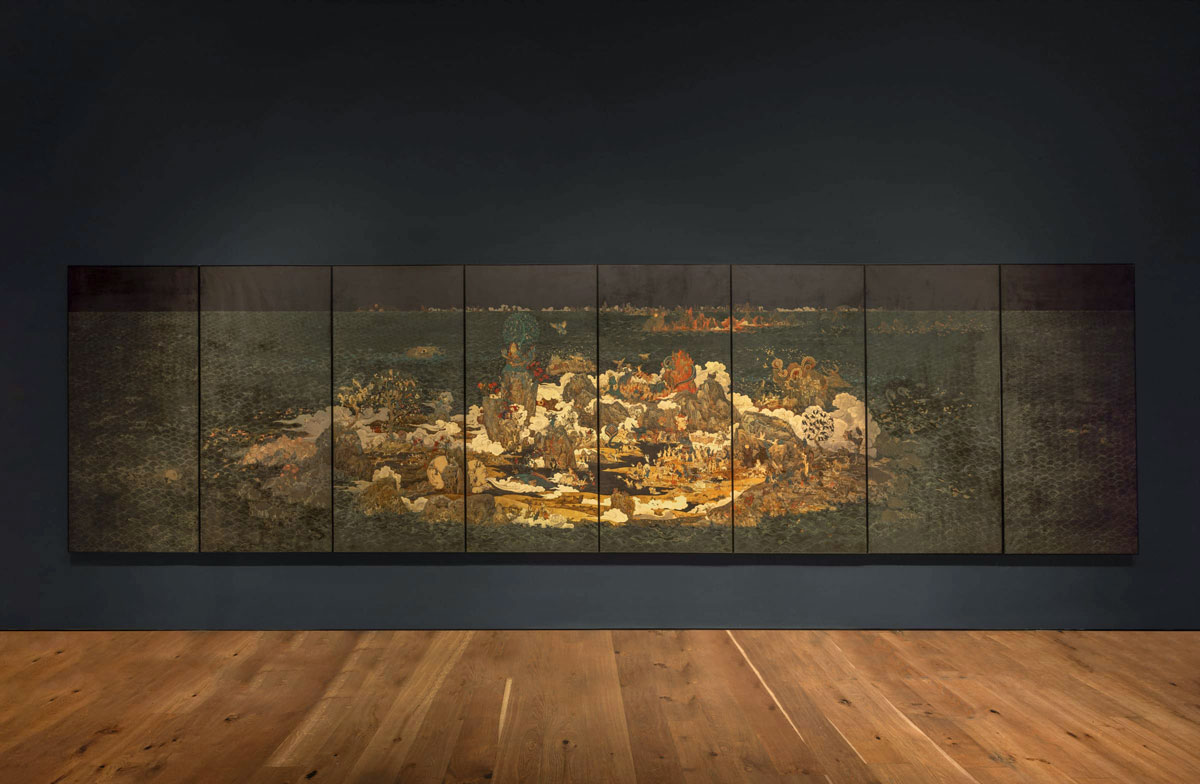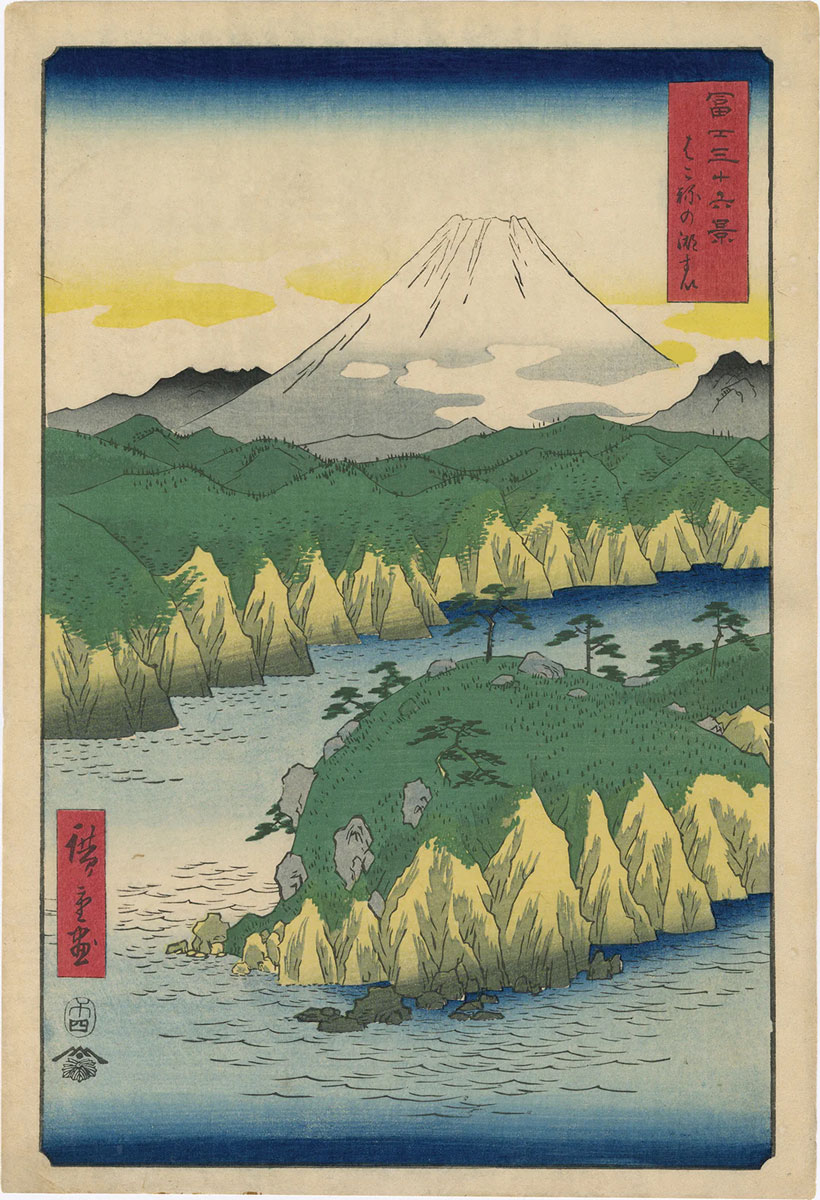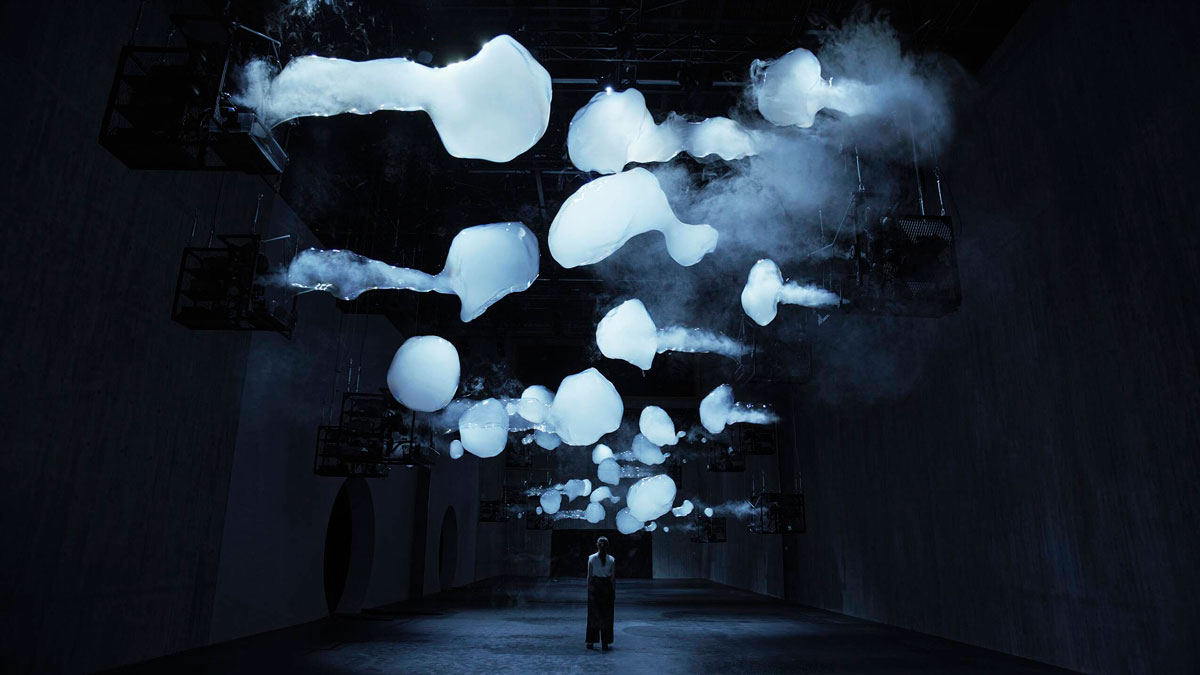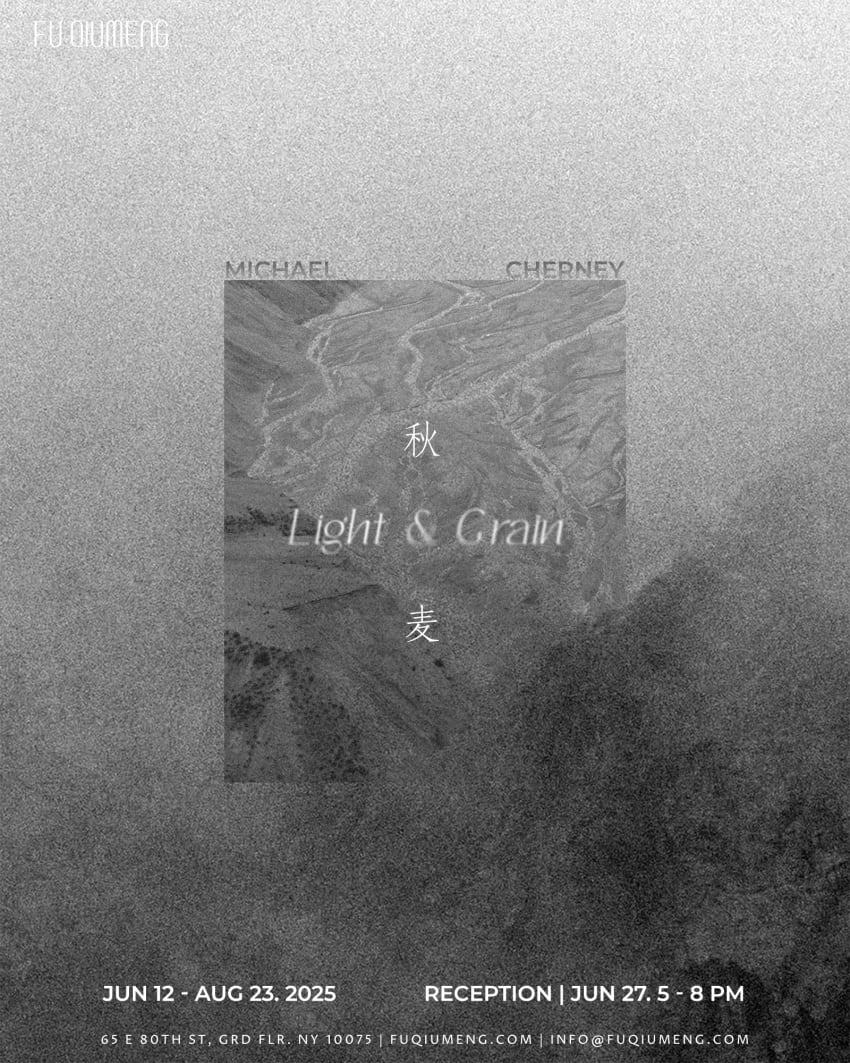
Light and Grain 秋麦
June 12 – August 23, 2025
Reception: Friday, June 27, 5-8pm
65 East 80th Street, NYC
Fu Qiumeng Fine Art is pleased to present Light & Grain 秋麦, a solo exhibition by American photographer Michael Cherney (b. 1969). The exhibition offers a focused exploration of Cherney’s distinctive photographic practice—at once a contemporary response to classical landscape aesthetics and a visual meditation on the nature of time. Over more than thirty years of living and working in China, Cherney has utilized the camera as a vessel for temporal reflection, guiding the viewer through nuanced encounters with landscape and cultural memory. This exhibition is shaped by a classical Chinese understanding of time—the past lies ahead, visible and examinable, while the future gathers behind, obscured from sight. For Cherney, photography becomes a quiet act of preservation, capturing transient moments within a fixed, visible frame.
In Light & Grain, Michael Cherney navigates the currents of time through three interlocking movements: Tracing Downstream, where ancient myth and contemporary terrain converge in album-like sequences; Reflections in Midstream, which transforms fleeting instants into immersive, scroll- and fan-inspired experiences; and The Unseen Upstream, a cross-cultural dialogue of calligraphy and collaborative brushwork that hints at futures beyond our view. By enlarging the subtle textures of his negatives, Cherney distills each frame to its essence—“seeing the grand within the small”—and fuses photographic rigor with the spirit of ink painting. Together, these works bring past, present, and future into quiet convergence, inviting viewers to witness time’s flowing passages, held momentarily within the stillness of the frame.
Spanning two decades of work, the exhibition unfolds as a visual journey shaped by place, memory, and the enduring passage of time. Be sure to mark your calendar for their public reception on Friday, June 27, from 5-8pm. They look forward to welcoming you to experience Michael Cherney’s captivating works soon!
To learn more, click here.
